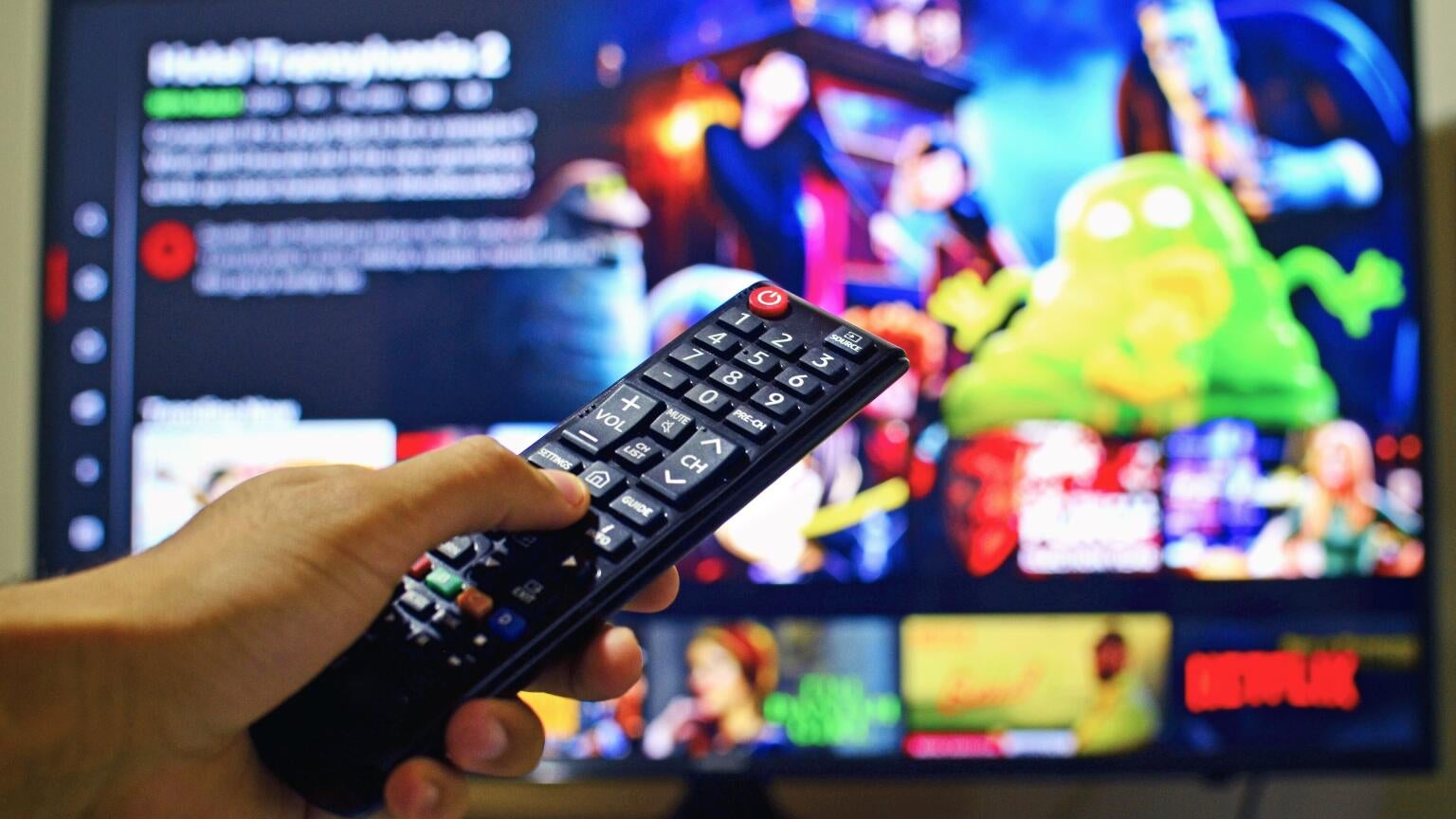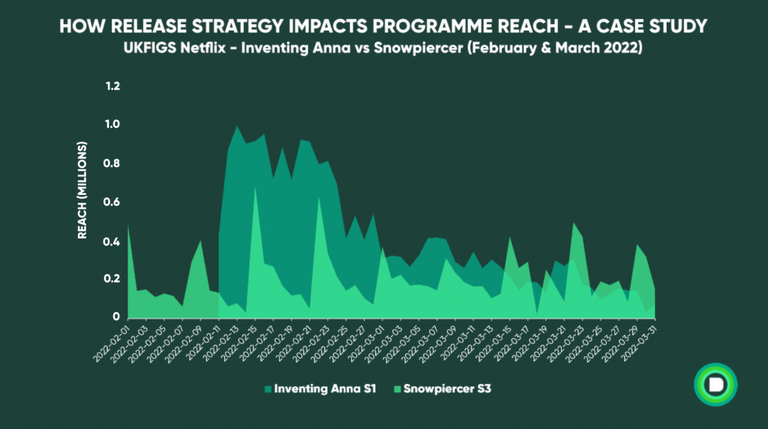
Netflix has always taken its own path in regards to its show release strategy. On specific occassions, the streaming giant has employed weekly releases and hybrid models, but it is most famous revolution, the binge release in which the streamer simply drops an entire season of a show at once. This binge release — or box-set release — strategy is not unique to Netflix, but it is one of the first ways that the streamer tried to set itself apart from its linear competitors when it shifted from being a DVD rental outlet to a streaming company.
But is Netflix’s box-set release strategy really superior to the weekly release model? We theorized that a case-by-case decision-making process was the best strategy for streamers to follow, but, new data released by the British-based analytics company Digital i suggests that it might not really matter which strategy streamers use to release their shows.
The company took a look at two Netflix shows that employed different release tactics and used them as a very specific case study. Season 1 of “Inventing Anna” was released on the box-set model, while “Snowpiercer” Season 3 got a weekly release in the U.K., while airing on TNT in the U.S.

The data shows that each show got approximately the same number of viewers between the beginning of February and the end of March 2022. Weekly releases apparently garner small bursts of viewers periodically, which extends the life cycle of a show. However, there’s no evidence to suggest that a weekly release strategy brings in more total viewers than a box-set strategy.
In fact, the data from Digital i suggests that binge-watchers are more likely to come back for more. This can be seen in the cumulative reach numbers for “Squid Game,” which was binge released, versus the numbers for Sex Education Season 3, which was a weekly release across the pond.

The majority of viewers who binge-watch shows do most of their watching within the first month of the show’s release. That gives shows a huge burst of initial viewership, but it also means that their “shelf-life” is much shorter. Viewers simply aren’t coming back to the shows after a few weeks, since they’ve already watched it, which means that Netflix has to keep turning out shows with high production costs if the service wants to keep its audiences’ attention.
Netflix also began experimenting with a split-season strategy in 2021. With this approach, the company releases several episodes as “Part 1” of a season, and a few weeks later releases the rest of the episodes as “Part 2.” Shows released with this model tend to see a substantial bump in viewership upon the release of the second parts of seasons as evidenced by the most recent seasons of “Stranger Things” and “Ozark.”

So what does all this data mean? Frankly, it means we were right. Although different release strategies tend not to affect the total number of viewers that a show draws, each strategy has its own advantages and drawbacks. A hard-and-fast rule regarding release models is likely not the most effective way to attract and retain consumers. Rather, companies should use their internal analytics to decide whether a show is more appropriate for a box-set or weekly release.
Netflix
Netflix is a subscription video streaming service that includes on-demand access to 3,000+ movies, 2,000+ TV Shows, and Netflix Originals like Stranger Things, Squid Game, The Crown, Tiger King, and Bridgerton. They are constantly adding new shows and movies. Some of their Academy Award-winning exclusives include Roma, Marriage Story, Mank, and Ma Rainey’s Black Bottom.

